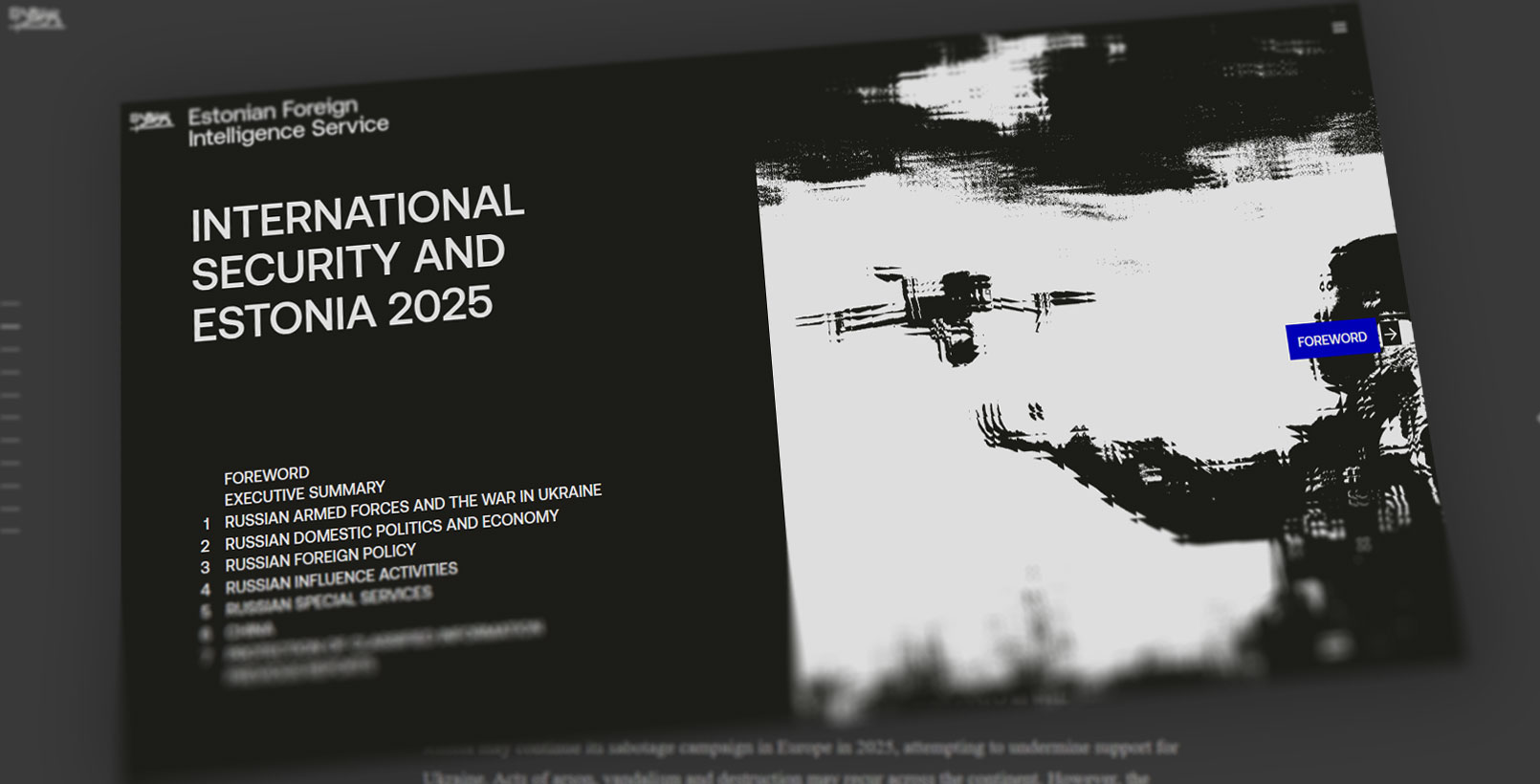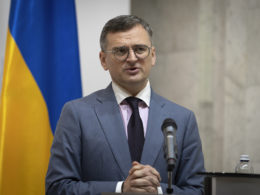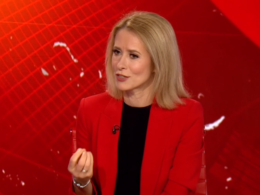Russia is building its military capabilities not only for its ongoing war in Ukraine but also in preparation for a potential future conflict with NATO, as reported by Estonia's Foreign Intelligence Service (EFIS). The Institute for the Study of War (ISW) noted in its 13 February report that this is "consistent with ISW's assessments about ongoing Russian efforts to prepare its military and society for a future conflict with NATO in the medium to long-term."
In its annual intelligence report, EFIS highlighted Russia's military expansion strategy, noting that the pace of rearmament would depend on its Ukraine war's duration and outcome. According to the report, if the war in Ukraine ends or freezes on terms favorable to Russia, it would enable Russia to permanently station more forces along NATO member states' borders than before its full-scale invasion of Ukraine in February 2022. ISW notes that it is "consistent with ISW's longstanding assessments."
The intelligence service detailed Russia's significant investment in drone technology, reporting that the country will allocate one million euros annually until 2030 for its "Unmanned Aerial Vehicle" National Project, established in December 2023. This initiative aims to create 48 research and production centers across Russia, standardize drone development, establish an electronic database of industry experts, and integrate drone-related education into 75% of Russian schools.
EFIS assessed that Russia is using these research centers to reduce its dependence on Western technology and components. However, the intelligence service noted that Russia continues to rely on China to procure Western components for drone production, with up to 80% of sanctioned Western components reaching Russia through Chinese channels.
The EFIS report highlights the following key points:
- Russia is mobilizing resources to rebuild its mass army, with plans to station more troops near Estonia if the war in Ukraine ends favorably or is frozen.
- It is advancing drone technology, increasing the threat to NATO, but remains dependent on Western components.
- Russia is unlikely to use nuclear weapons in Ukraine but continues nuclear threats to pressure the West, frustrating its leadership as they fail to yield results.
- The "war economy boom" is expected to end in 2025, while repression intensifies and domestic tensions grow.
- Russia falsely claims the war "could have ended in 2022" and is expanding disinformation efforts, particularly in the Global South.
- With official ties to the West limited, Russian academics are playing a larger role in back-channel diplomacy.
- Russia seeks to regain control over the South Caucasus, with Georgia as a primary target.
- The UAE has become a hub for Russian economic activity, sanctions evasion, and intelligence operations.
- Russia has launched a sabotage campaign against the West to weaken support for Ukraine while reviving Cold War-era nuclear fears.
- The FSB recruits informants for military counterintelligence efforts.
- China views Ukraine as part of Russia’s sphere of influence, but provides only selective support in the information war while using scientific collaboration to acquire Western technology.
Related:
- Estonian president says EU should consider full trade embargo on Russia
- Estonia commits € 600 million to strengthen Ukrainian Navy after successful maritime strikes
- Welt: Russia arming beyond its needs in Ukraine, threatening NATO
- Russian online recruitment of intel gatherers across Europe revealed by investigation
- “Not if, but when”: NATO prepares for Russian attack on Finland, Baltics and Norway
- Russia may attack NATO territory by 2030, warns German defense minister
- Europe needs to wake up and revolutionize arms production, says NATO commander
- Russia’s weapons production outpaces EU by factor of four, German defense minister warns





